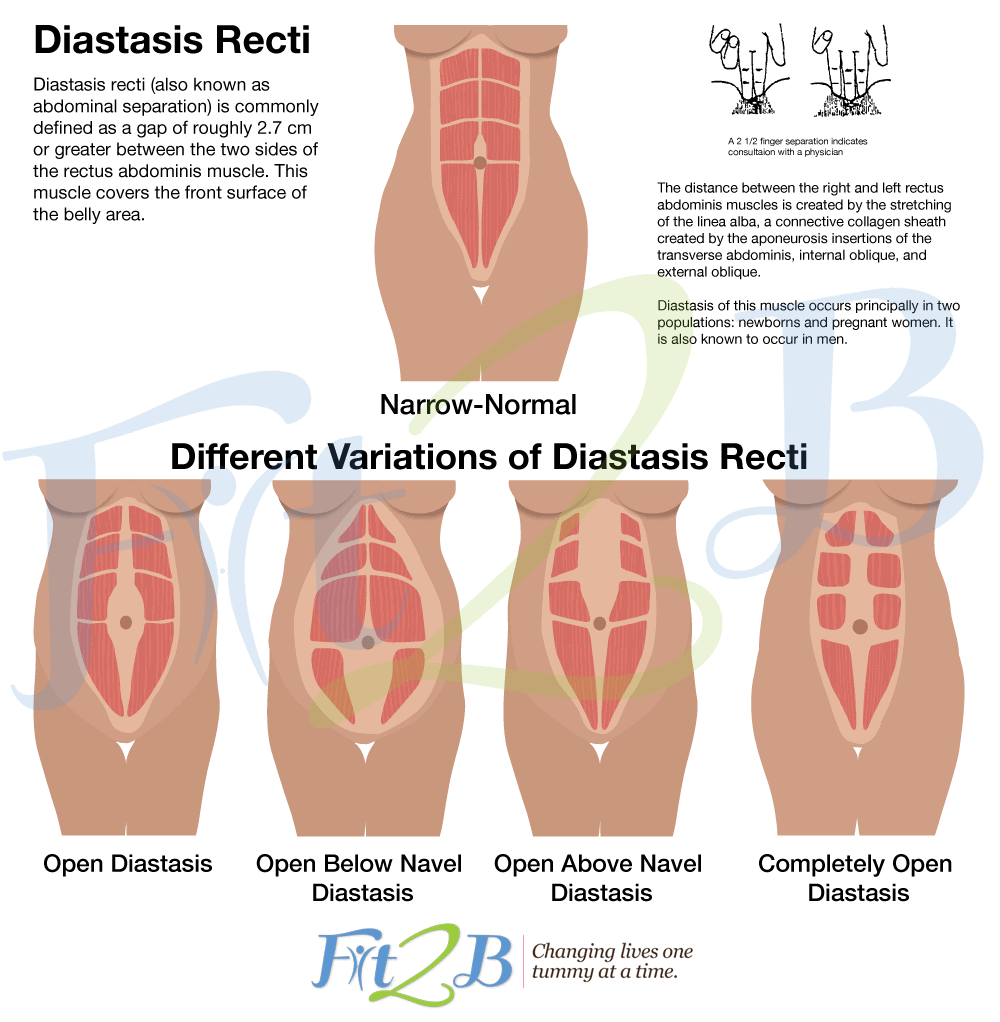
Image source: https://www.picclickimg.com/d/w1600/pict/122569864923_/Native-American-style-flute-Key-E.jpg
Native American style flutes are made in many different keys. The key of the flute is the fundamental (lowest) note that the flute can play. So a Love flute in the key of A will have a fundamental note that is the same tone as the note A above the middle C on a piano. This particular A is calibrated to vibrate at a speed of 440 Hz. An Indian flute in a higher key than A - a C for example - will have a faster vibration rate and higher tone. A flute in a lower key - for example E - will have a lower rate of vibration and a lower tone. The flute in a higher key will have a shorter barrel length than a flute with a lower key. For example the flute in the key of A mentioned above will have a barrel length of approximately twelve and a half inches. A flute in the key of E below middle C - lower tone than A - will have a barrel length of around seventeen and a half inches. The barrel of the flute is the hollow chamber in which sound vibrations are generated. A Native American style flute has a second chamber called the slow air chamber. This adds additional length to the flute. So, the overall length of the flute is greater than the barrel length alone. For example an Ancient Territories Native American style flute in the key of A is twenty-one inches in length from one end to the other.
Love flutes in the keys of A above middle C through E below middle C are often called mid range flutes. Lower keyed flutes are called bass flutes when they are in the octave below C and double bass flutes when they are two octaves below. Higher keyed flutes are called treble flutes.
As you can imagine lower keyed Native American flutes will be somewhat more difficult to hold and play. Not only is a flute in a lower key bigger and heavier. But, the tone holes that the fingers must cover are further apart. Therefore a novice is advised to start with a comfortable sized flute such as an A or G rather than the longer and lower toned flutes such as F#, F and E.
The tonal quality of each individual note is unique. So also is the tonal quality of flutes in different keys. A flute in the key of A will play a mode one pentatonic scale consisting of the notes A, C, D, E, G. A flute in the key of G will play a mode one pentatonic scale consisting of the notes G, A#, C, D, F. So, as you can see (and hear) flutes in different keys will play scales composed of different combinations of notes.
Some people experience each note as having a corresponding color. Or the different notes can be compared to different flavors of sound. Just as there are different flavors of ice cream there are different flavors of sound. The note G has a different tonal flavor than the note A. Higher sounding notes that vibrate at more rapid rates have/convey more energy. They are more stimulating. Lower notes are more relaxed and meditative. Perhaps you are familiar with the sound of the Penny Whistle used in much Irish dance music. The Penny Whistle is usually in the key of what is commonly called high D. High D is the second D above middle C on the piano. This instrument has a very penetrating and stimulating sound. The dance steps of Irish clog dancing reflect this intensity. They are rapid and energetic. The dancers whirl and stomp. Contrast this to the music of a waltz in the key E.
The sound of a Love flute in the key of F, E, Eb or D is more meditative in quality. Most of the prospective buyers who sample the sounds on my website are attracted to these lower keyed flutes.
The keys of different Native American style flutes are often assigned to different areas of the human body and their associated energy centers. These energy centers are called Chakras. There are seven charkas. The lowest is at the base of the spine and the highest is at the crown of the head. According to tradition the lowest chakra vibrates at the pitch of D. The second chakra in the lower abdominal region is E. the solar plexus chraka is F. The heart chraka is F#. The chakra in the neck or thyroid region is G. The forehead or eye center chakra is G# and the chakra at the crown of the head is A. It is thought that each of these centers vibrates in harmony with its particular musical note.
The key of F# is sometimes called the de facto key of the Native American style flute. It has achieved this status by usage. The majority of recorded Native American style flute music is done with an F# flute. Also, F# is a very popular flute key among amateur players. There seems to be no rational explanation for this. Perhaps it is because so much NA flute music is music of the heart. The only problem with an F# flute is that it is not a common musical key. So other musicians - guitarists, pianist etc - may have a difficult time playing with you. The keys of A, G and E are more common.
I suggest that you listen to sound samples or better yet play flutes of various keys to feel what key is best for you. You will know it when what you hear feels right to you.


